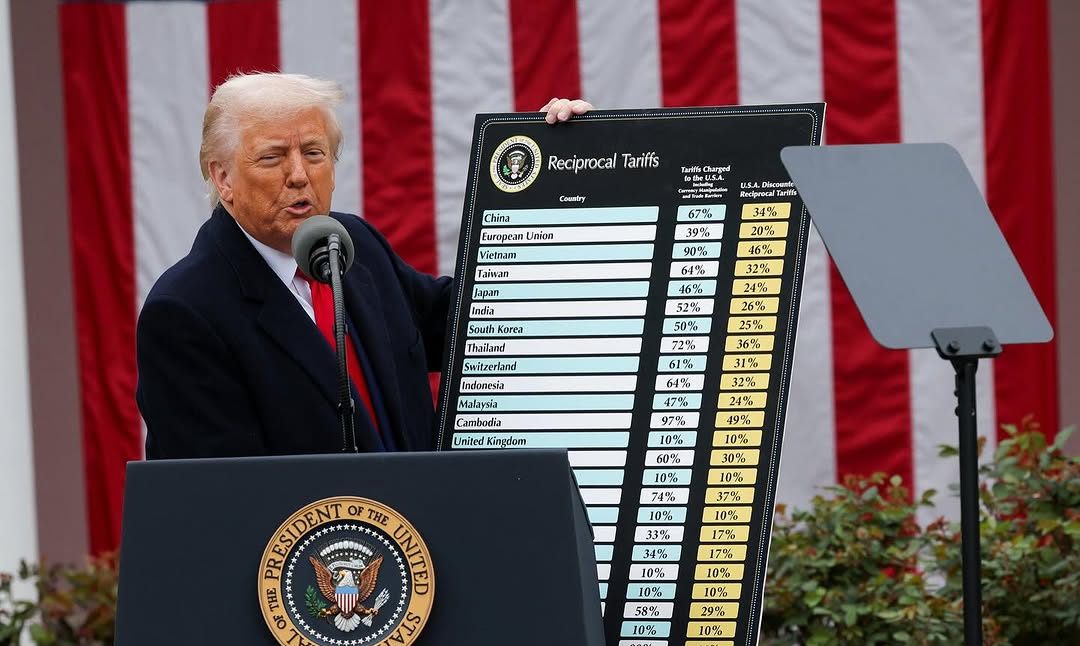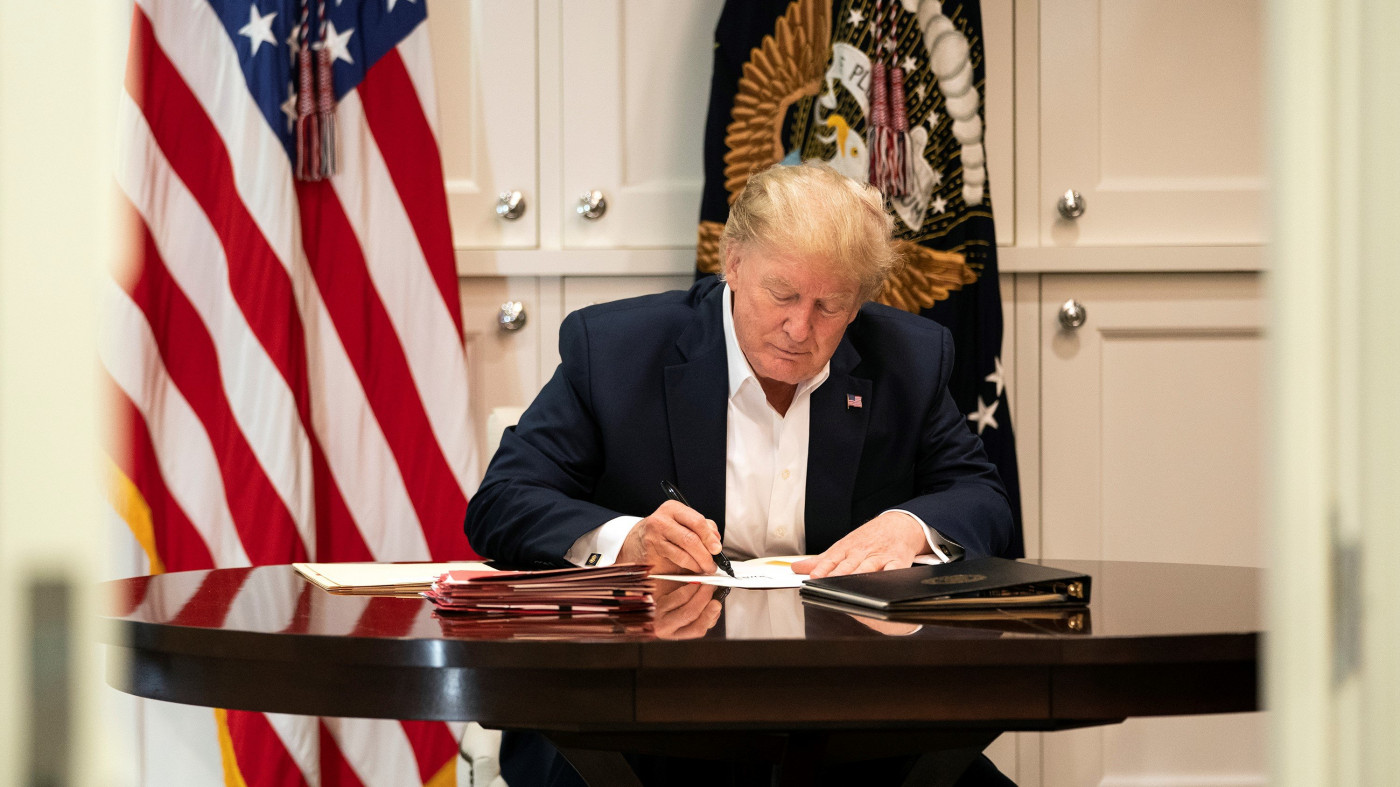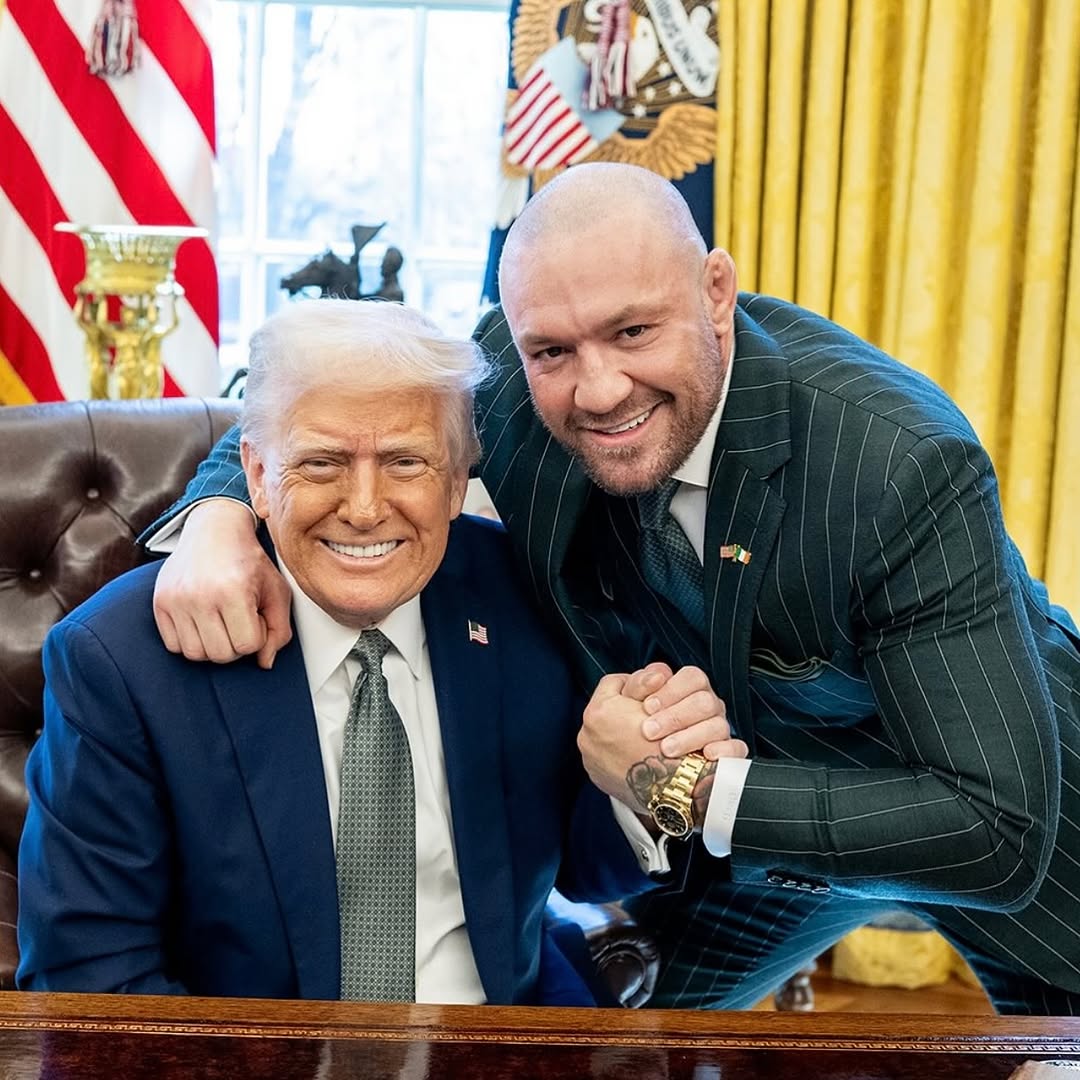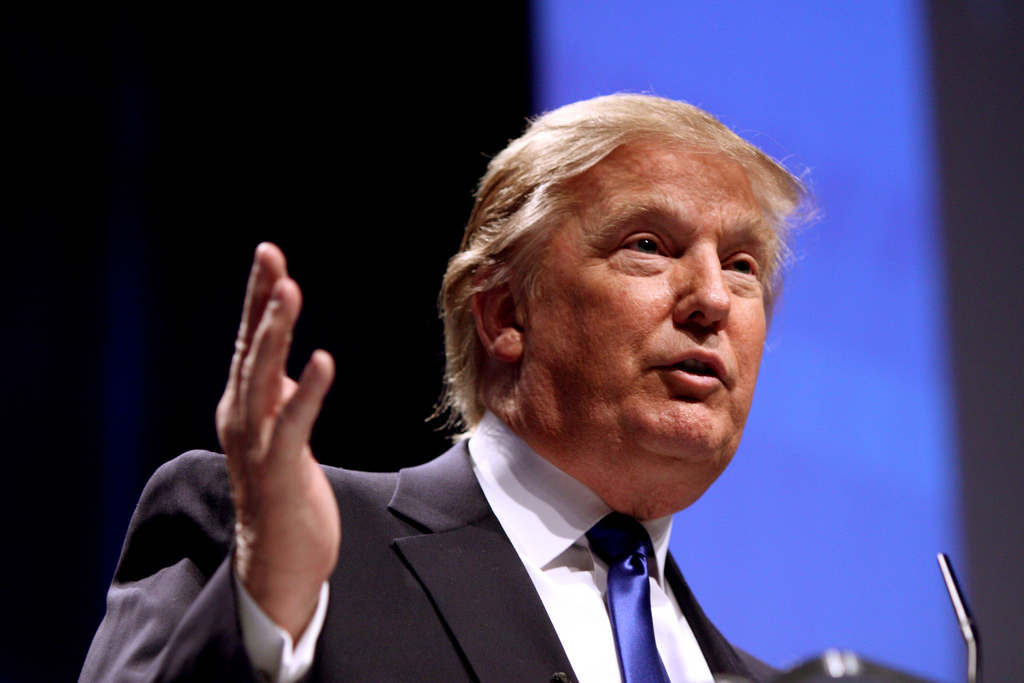Trump’s Bizarre Tariff Math: A Masterclass in Economic Nonsense
I honestly can't believe this is real. President Donald Trump has slapped a 10% tariff on imports from most countries — higher for what he calls the "worst offenders" — and somehow, this is how the numbers were worked out?
At first glance, when Trump dramatically unveiled a giant cardboard chart in the White House Rose Garden, people assumed there was some logic — maybe a mix of existing tariffs and trade regulations. But no. The White House later revealed a supposed formula which, once unpicked, is embarrassingly simplistic.

Trump's Crazy Tariff Method
Ready for the genius math? Take the U.S. goods trade deficit with a country, divide it by total goods imported from that country, then divide that number by two. Round it up. That’s the tariff. Seriously.
For example, the U.S. has a $295 billion goods deficit with China and imports $440 billion worth of goods. Divide 295 by 440, you get 67%, cut that in half, round it up — boom: 34% tariff on China.
RELATED: US Stock Market In Free Fall Following Trump's Liberation Day Tariffs.
This isn’t economics; it’s arithmetic cosplay. The same formula gave the EU a 20% tariff. There’s no deeper analysis, no consideration of existing trade rules or mutual tariffs — just deficit division.
Even more absurd? These tariffs aren’t even reciprocal, despite Trump constantly throwing that word around. A truly reciprocal system would mirror what other countries charge the U.S., including regulatory barriers. But, according to the White House’s own methodology document, they didn’t even calculate that. They just went full steam ahead with the deficit formula.
And it gets worse. Trump slapped a 10% tariff on the UK — a country the U.S. doesn’t even have a trade deficit with. So much for logic.
Over 100 countries are now affected by this clownishly calculated regime.

What Is Driving Trump's Lunacy?
Trump’s reasoning? He claims foreign countries are flooding the U.S. with cheap goods, stealing jobs, and blocking U.S. exports with hidden barriers. His solution? Tariffs based on a trade deficit equation that ignores the actual structure of the U.S. economy — like the fact that Americans spend and invest more than they earn, creating an inevitable trade gap.
RELATED: Trump's Tariffs Explained: What Happened on Liberation Day?
Economists are understandably stunned. Professor Jonathan Portes from King's College London said, "Yes, it will reduce bilateral trade deficits between the US and these countries. But there will obviously be lots of broader impacts that are not captured in the calculation."
Thomas Sampson from the London School of Economics pulled no punches: "The formula is reverse engineered to rationalise charging tariffs on countries with which the US has a trade deficit. There is no economic rationale for doing this and it will cost the global economy dearly."

In conclusion, Trump’s tariff logic isn’t just flawed — it’s laughable. This isn’t trade policy; it’s a poorly thought-out math stunt dressed up as economic strategy. Using a high school-level formula to determine international tariffs is beyond irresponsible — it’s ridiculous.
Real lives, real jobs, and global economic stability are on the line, and Trump is playing calculator cowboy in the Rose Garden. If this is what “America First” looks like, it’s more like “Math Last.” These tariffs won’t fix the deficit — they’ll just create chaos. Frankly, I’m still in disbelief this is how policy is being made in 2025.










